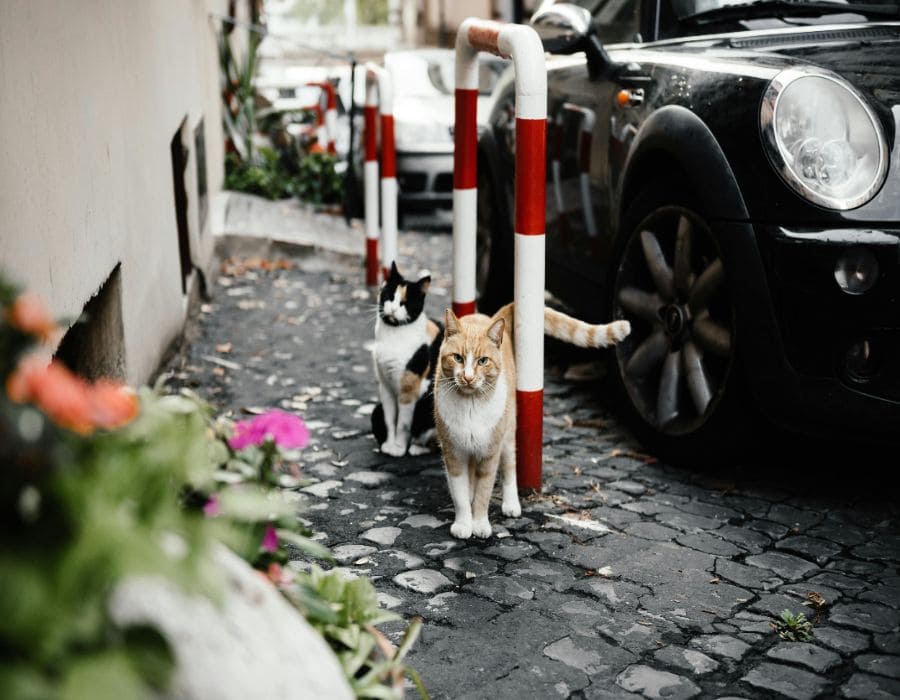12 Major U.S. Cities Where Feral Cats Are Thriving
Feral cats are resilient survivors, adapting to urban environments with remarkable skill. Across the U.S., some cities have become hotspots for thriving feral cat populations, thanks to mild climates, food availability, and community efforts to manage and support these independent felines.
While some view them as a nuisance, many cities embrace TNR (Trap-Neuter-Return) programs to control their numbers while allowing them to coexist peacefully. From bustling metropolises to warm coastal hubs, here are 12 major U.S. cities where feral cats are not just surviving—they’re thriving.
Los Angeles, California

With its warm weather and vast urban sprawl, Los Angeles has one of the largest feral cat populations in the U.S. Many organizations work tirelessly to manage colonies through feeding stations and TNR programs.
New York City, New York
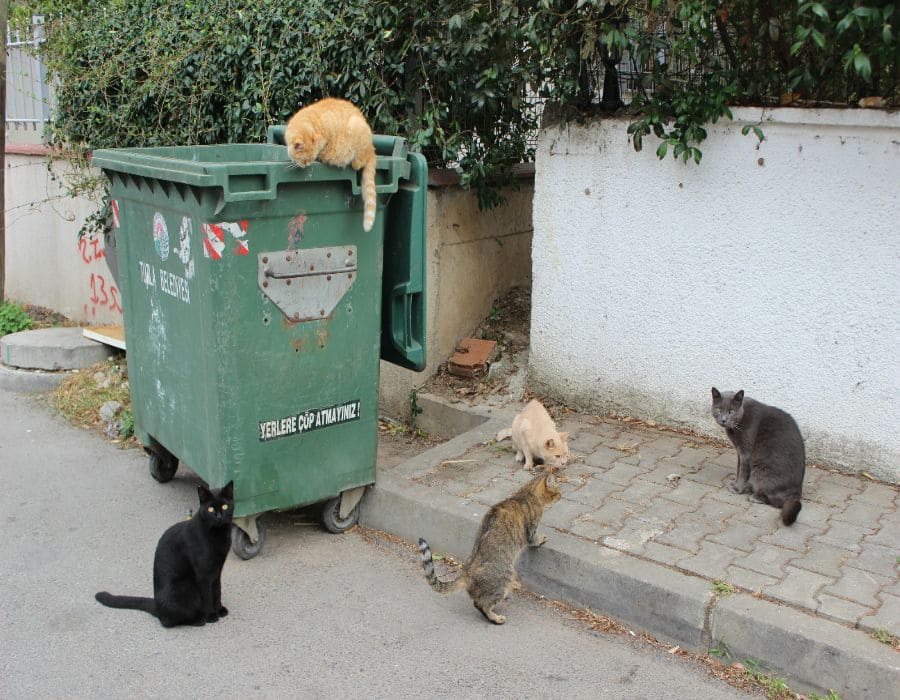
Even in the city that never sleeps, feral cats have found a way to carve out their own territories. Rooftops, alleys, and parks provide shelter, while dedicated cat lovers help sustain and monitor colonies.
Chicago, Illinois
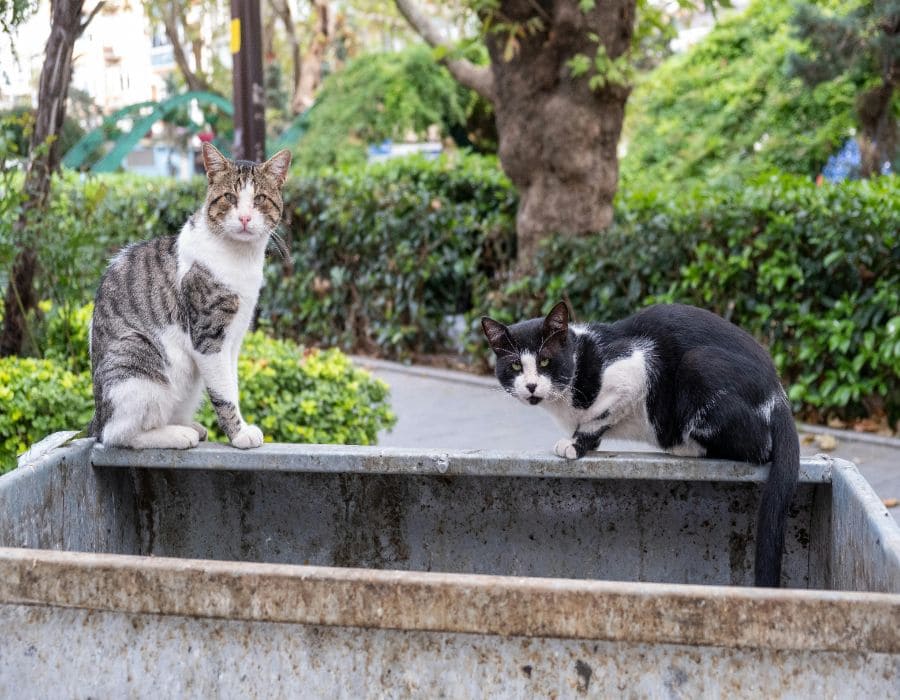
Chicago’s working cat programs have turned some feral cats into rodent control experts. These “basement tigers” thrive in industrial areas and warehouses, keeping the city’s rat population in check.
Houston, Texas
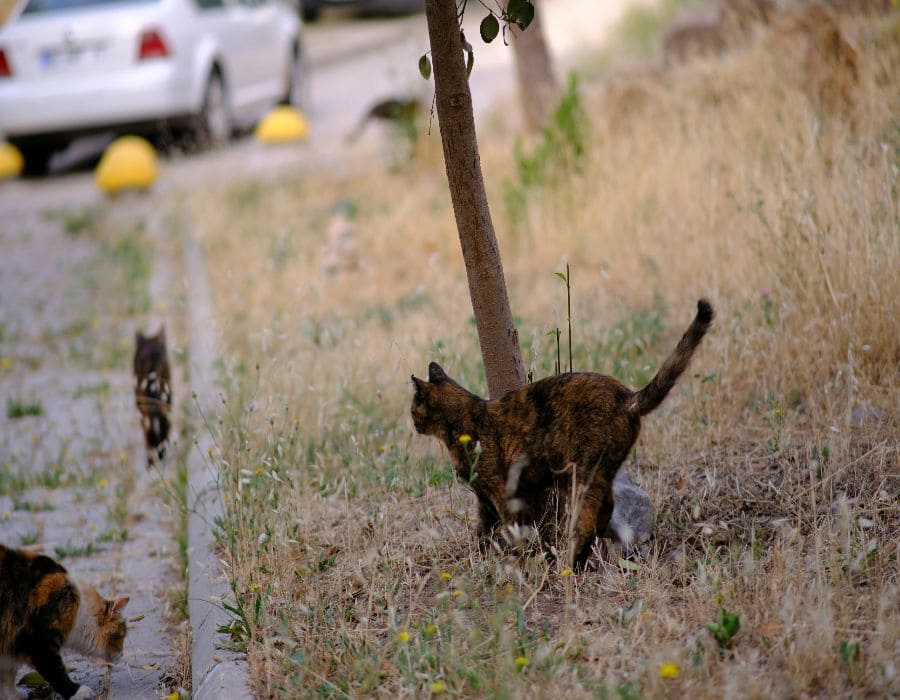
The warm climate and sprawling neighborhoods make Houston a prime location for feral cat colonies. Many shelters and rescue groups focus on sterilization efforts to manage the city’s growing cat population.
Phoenix, Arizona

Despite its desert heat, Phoenix has a booming feral cat population. These street-smart felines seek shelter in shaded areas, and local rescues work hard to provide water and food during the scorching summer months.
Miami, Florida
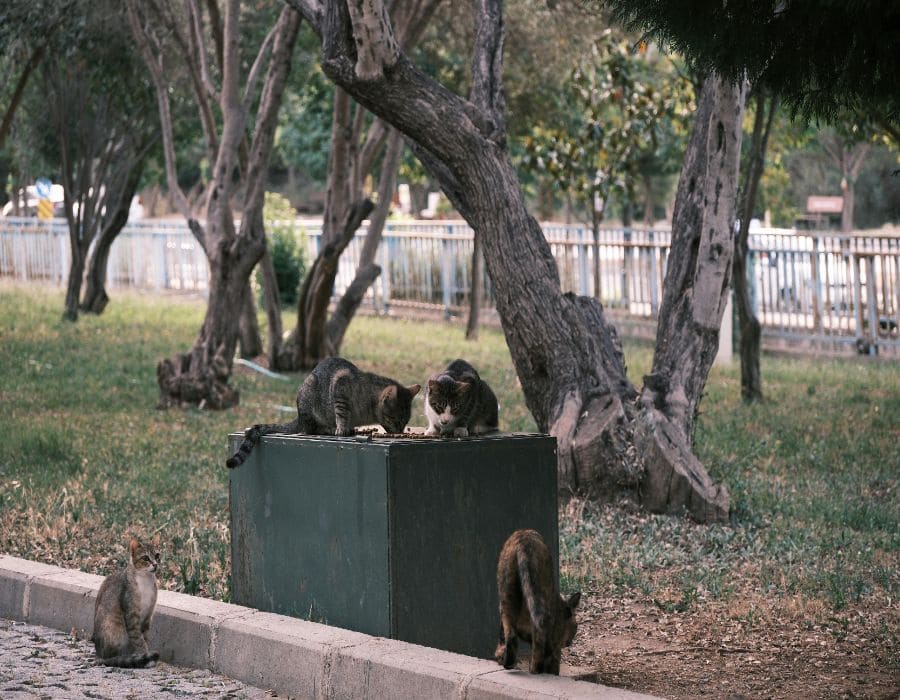
Miami’s balmy weather and year-round outdoor food sources make it a paradise for feral cats. The city is home to thousands of strays, with local groups ensuring they receive proper care and veterinary attention.
San Francisco, California
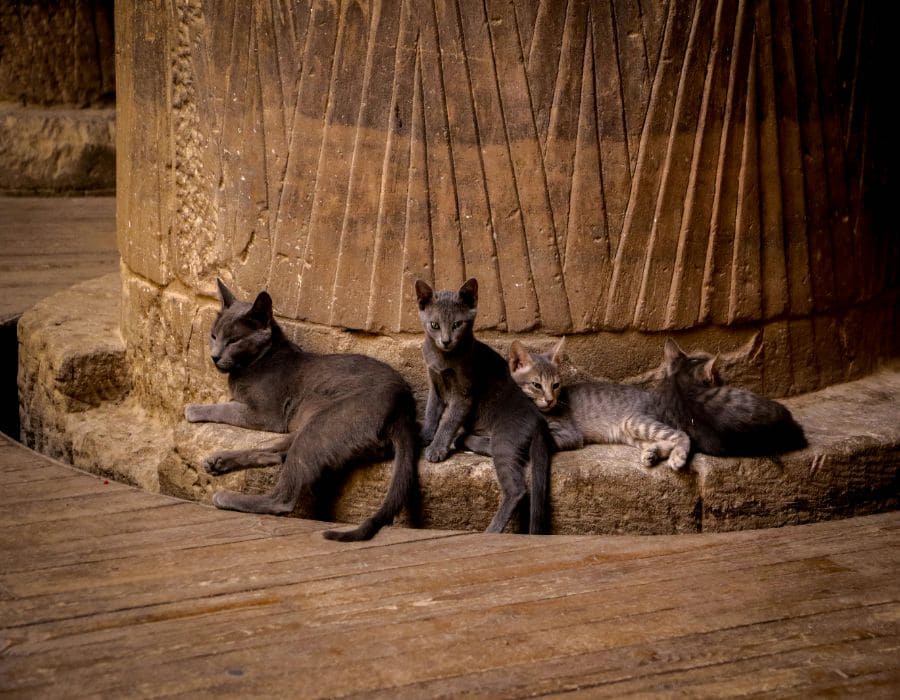
San Francisco’s dense neighborhoods and alleyways provide plenty of hiding spots for feral cats. TNR programs and community cat caretakers help keep colonies healthy while preventing overpopulation.
Washington, D.C.
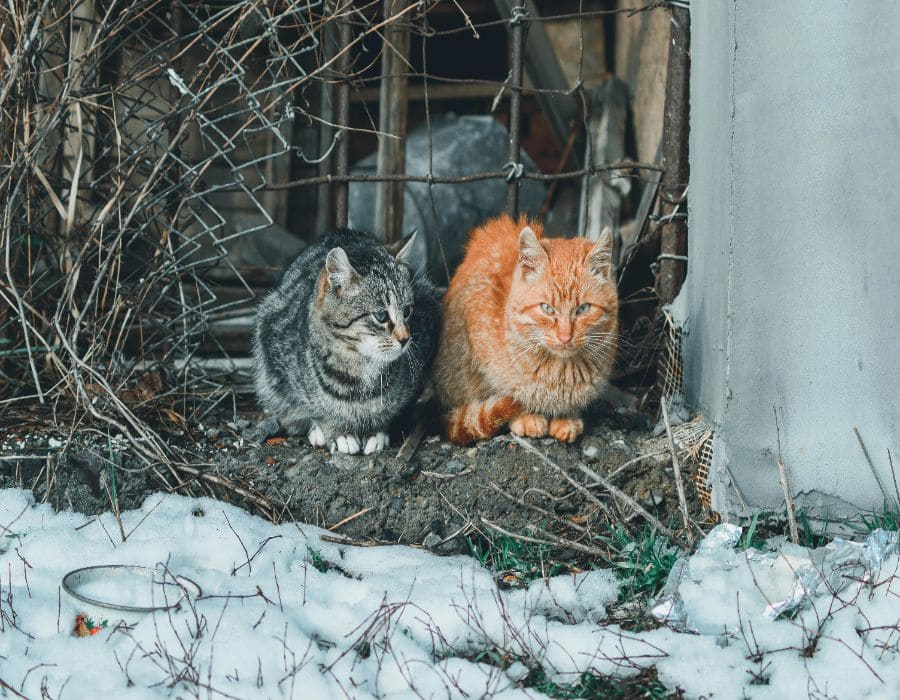
Even in the nation’s capital, feral cats have made their mark. Many roam the historic streets, seeking refuge in parks and alleyways, while volunteer groups work hard to feed and sterilize them.
Atlanta, Georgia
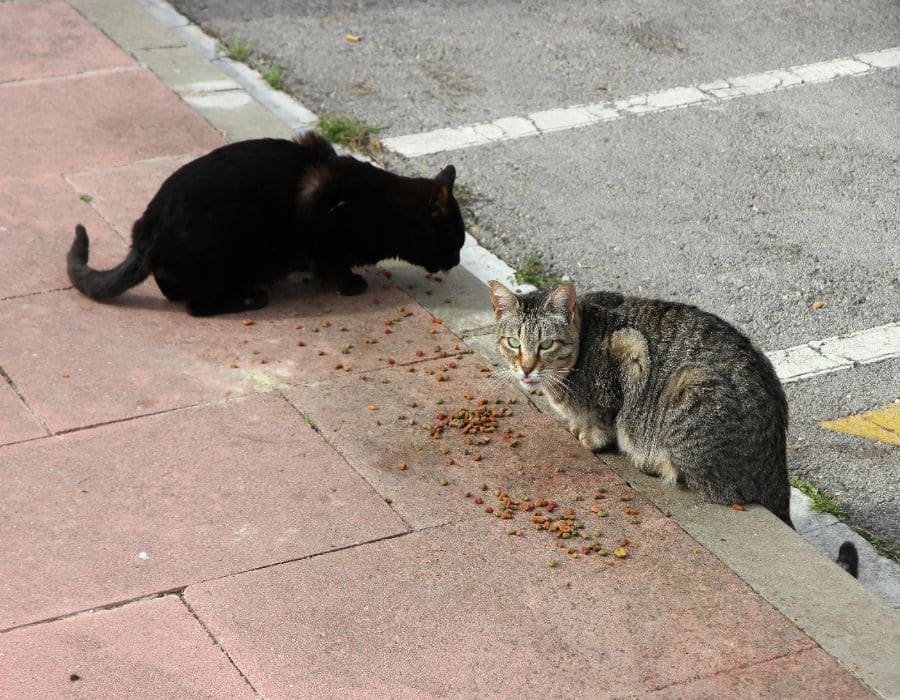
Atlanta’s mild climate and abundance of green spaces make it an ideal city for feral cat colonies. Many organizations advocate for humane solutions, ensuring these cats can coexist peacefully with the community.
New Orleans, Louisiana
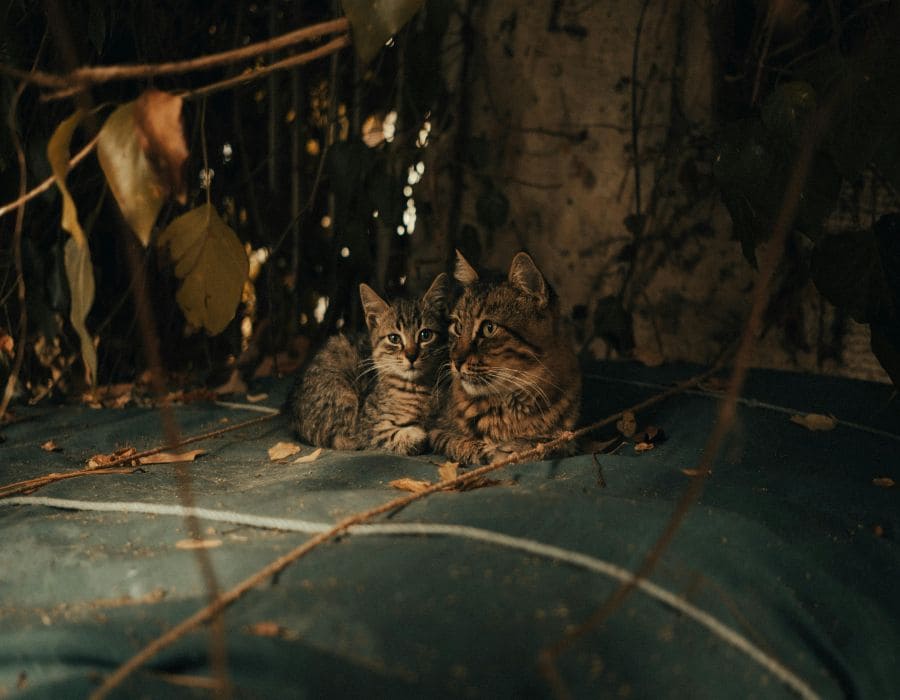
The French Quarter may be known for its charm, but it’s also home to thriving feral cat colonies. Local groups work to control populations while allowing these resilient felines to roam their historic streets.
Portland, Oregon
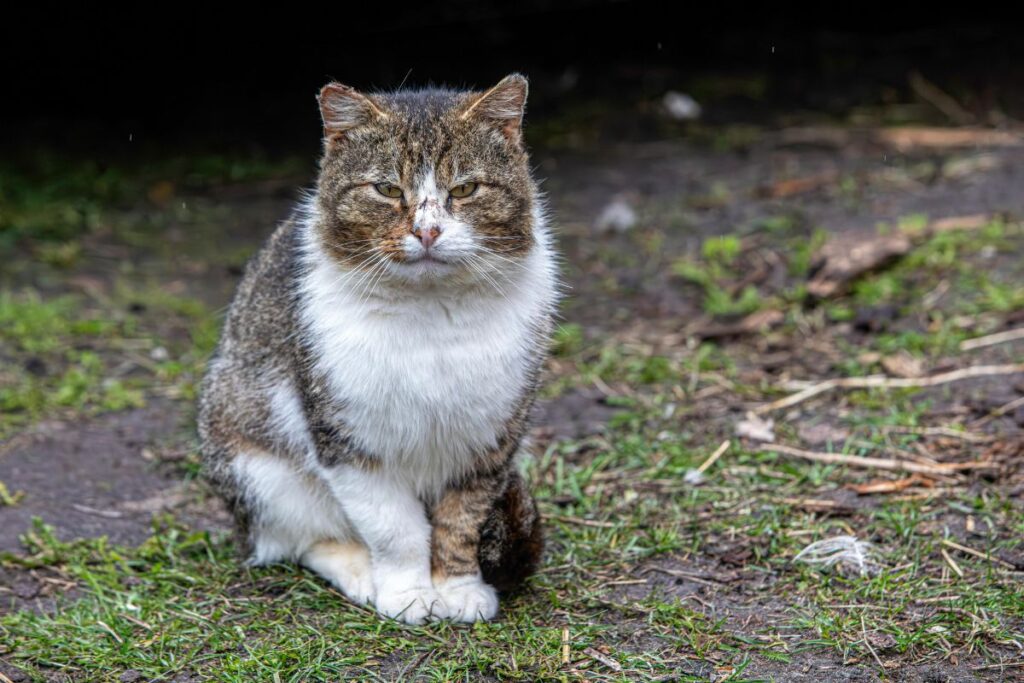
Portland’s eco-conscious and animal-loving community has created a supportive environment for feral cats. With active TNR programs and backyard shelters scattered across the city, these cats enjoy both freedom and care—even when it’s drizzling.
Honolulu, Hawaii
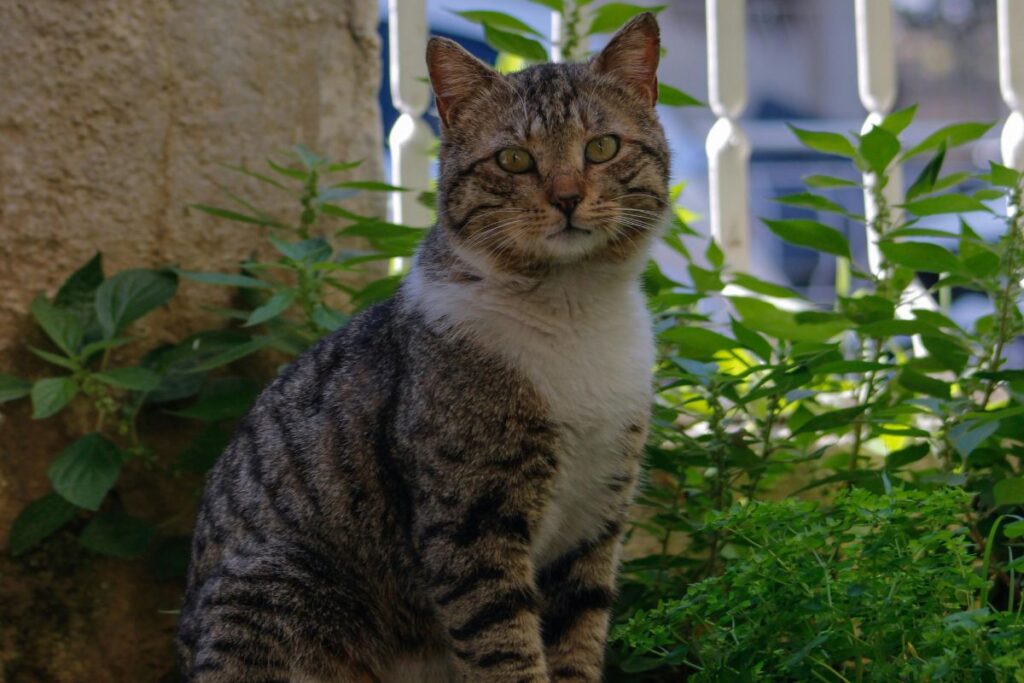
The tropical climate of Honolulu makes it easy for feral cats to thrive year-round. With abundant food sources and a growing number of volunteers managing colonies, the islands have seen rising populations in both urban and rural areas.
Conclusion
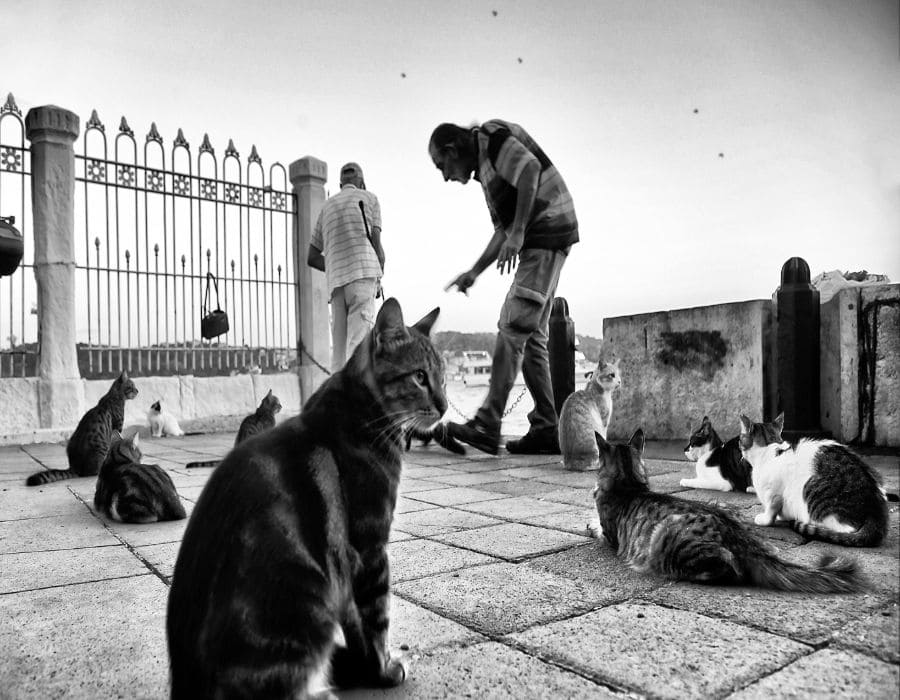
Feral cats have mastered the art of city survival, finding food, shelter, and even human allies in unexpected places. While their populations can be challenging to manage, community-driven efforts continue to make a difference, ensuring these urban survivors live healthier, safer lives.

